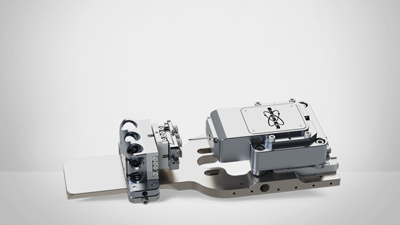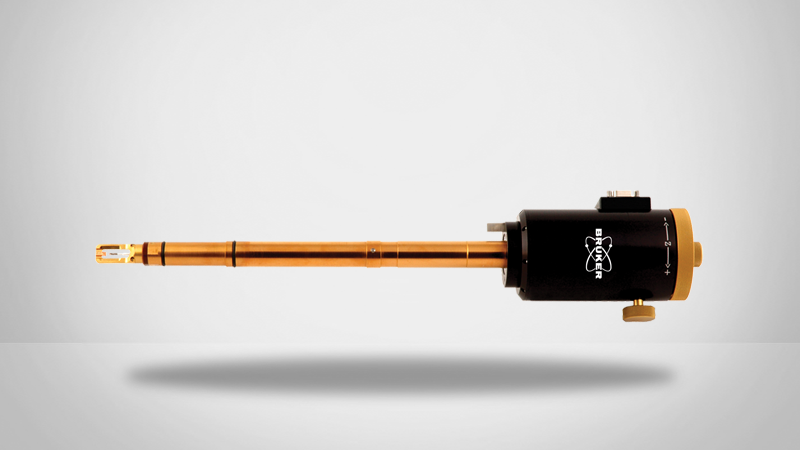In-Situ nanoScratch Module
Tribological measurements benefit directly from in-situ techniques which shed light on deformation processes occurring at the sliding interface. In addition to enabling direct observation of wear evolution, in-situ tribology can also be used for studies of friction, tribochemical reactions, interfacial adhesion, abrasion resistance, and nanoparticle rolling. The nanoScratch option for Bruker'sHysitron PI 95 TEM PicoIndenterandHysitron PI 89 SEM PicoIndenterinstruments enables high-resolution measurements with simultaneous normal and lateral force sensing.
nanoScratch testing is accomplished by applying a normal load in a controlled fashion while measuring the lateral force between the probe and sample. By selecting the appropriate normal loading profile and lateral displacement pattern, many different types of tests can be performed. From the force and displacement data, useful information such as critical load, film adhesion, and delamination force can be measured. Reciprocating scratch tests can also be performed to study wear mechanisms over longer periods of time. This data provides a wealth of information concerning materials behavior under simultaneous normal and lateral stresses which is supplemented by direct observation electron microscope imaging.

